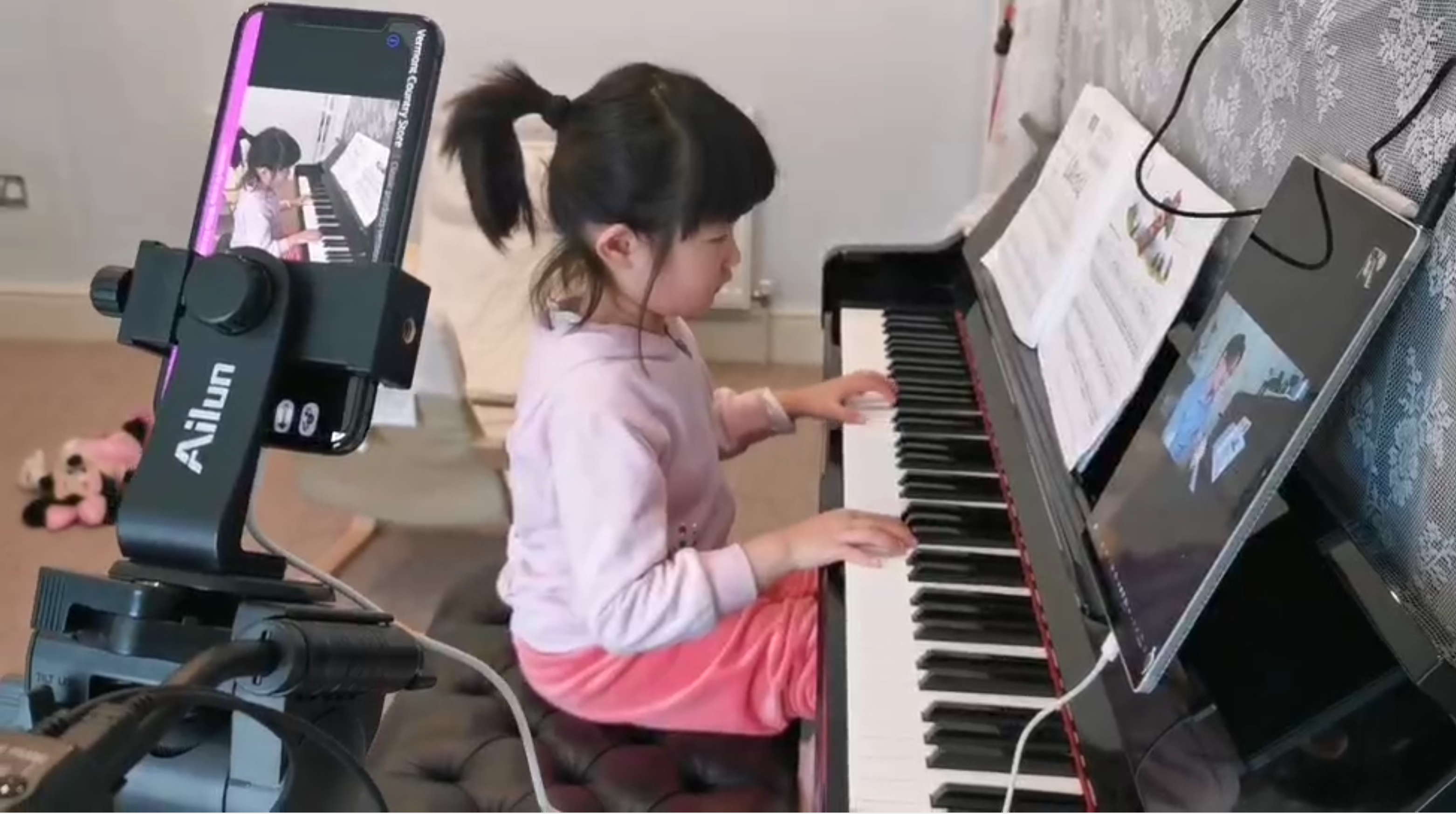Virtual reality for teaching art subjects
Jianhua Yang (WMG)Link opens in a new window, Mir Seyedebrahimi (WMG)Link opens in a new window, Lihong Jiang (SJTU)Link opens in a new window, and Kuo-Ming Chao (Coventry)Link opens in a new window
More than a year after we entered the 1st lockdown in the UK, a lot of things have changed, and a lot remained the same. Warwick has returned to the top 10 in this countryLink opens in a new window; Coventry has started celebrating UK City of CultureLink opens in a new window; we are all getting the light at the end of the Covid tunnel.
However, what has not changed was that most students in HE are still doing online learning in a way that is similar to when we first entered the lockdown.
Strange? Not so much. The pandemic has impacted our education system tremendously and probably permanently, most notably by the shift to online learning. The question then arises – is there anything we can do to support the shift and lead the transition?
 |
| Stanford Prof. Jeremy Weinstain engaging with students during an online session. (image credit: Bob Smith / Stanford News Service, with permission) |
 |
| Jolene learning piano from teacher Darren remotely during the lockdown. (image credit: Yang family) |
The reality of future virtual learning
The answer to that question has to lie in the advancement and spread of technologies such as virtual reality (VR).
VR simulates a virtual environment to its user and quite often allows user interactions. Built on top of today’s cloud infrastructure and artificial intelligence, it is capable of bridging the geographical gaps and creating virtual learning environments that are tailored to individual students’ needs.
In the education context, VR is not new. An early study at the Warwick Manufacturing Group (WMG) explored the possibilities of using VR in engineering education (Abulrub, Attridge et al. 2011). A recent review done by (Concannon, Esmail et al. 2019) highlighted a number of interesting projects mainly in the STE (science, technology, and engineering) fields.
Despite these bespoke efforts, what remains unclear is the public’s readiness for adapting the VR technology in education, and the use of VR in the parts of education other than STE such as arts.
Everything is a business?
Is the general public in the UK ready for adapting VR in education, in art-related subjects in particular? Well, that’s not an easy question.
We attempted to explore this question from four different aspects: business activities (BAs), hardware, software (i.e. contents), and pedagogy. In short, the answer is “not quite” (Yang, Seyedebrahimi et al. 2021, Geng, Yang et al. 2022).
Let’s look at BAs first, as they are considered the most sensitive to the education market. We measured BAs by simply counting the number of newly registered companies. From this perspective, we can tell that BAs have had steady growth and reached a peak in 2017 when they started decreasing. However, over the last year, they have leaped almost half of their peak in 2017, possibly due to the pandemic. It is too early to predict the trend, however, it’s unlikely the growth will have a sudden stop.
On the other hand, VR hardware and contents are centrally controlled by a small number of giant companies such as Oculus (Facebook) and Google through its Play Market and YouTube 360, which is also against its diverse nature in pedagogy.
Content is king
Good public adaptation requires a systematic effort: staff proficiency, cost-effective hardware, healthy content-creating ecosystem etc. But still, content is the king. In the context of VR for education, this means apps.
Following the previous survey, we didn’t find many VR apps facilitating online teaching for art-related subjects such as the piano. (For what it’s worth, most are games to be played alone.) So, we started working on creating the Warwick GRPiano (Great Remote Piano) app.
| A visual diagram illustrating major components of the work-in-progress Warwick GRPiano app |
Of the different components of the app, the real challenge is conducting the 3D modeling from 2D videos captured using ordinary smartphone cameras. While it is possible to use 3D cameras in pilot studies, the high cost of those cameras will stop the mass adaption in the public. Indeed, we are seeking a low-cost software solution that can be widely spread.
The Roadmap
The project is still under active development. We wish to finish the pilot development in the summer and start user trials. If you are interested to know more, please get in touchLink opens in a new window.
- Abulrub, A.-H. G., A. N. Attridge and M. A. Williams (2011). Virtual reality in engineering education: The future of creative learning. 2011 IEEE global engineering education conference (EDUCON), IEEE.
- Concannon, B. J., S. Esmail and M. Roduta Roberts (2019). Head-Mounted Display Virtual Reality in Post-Secondary Education and Skill Training: A Systematic Review. Frontiers in Education, Frontiers.
- Yang, J., M. Seyedebrahimi, L. Jiang and K.-M. Chao (2021). Using VR in Education: the Current Situation in the UK. IEEE Conference on Online Teaching for Mobile Education (OT4ME!), Madrid, Spain.
- Geng, Y., J. Yang and M. Seyedebrahimi (2022). Using VR in Science Subjects: Popularity and Public Attitudes on Twitter. 18th IEEE International Conference on E-Business Engineering (ICEBE), IEEE.
- Agarwal, S., J. Yang, M. Seyedebrahimi and G. A. Rhodes (2023). Factors Affecting the Popularity of VR-Related Educational Videos on TikTok. International Conference on Ambient Intelligence, Knowledge Informatics and Industrial Electronics, Karnataka, India, IEEE.
